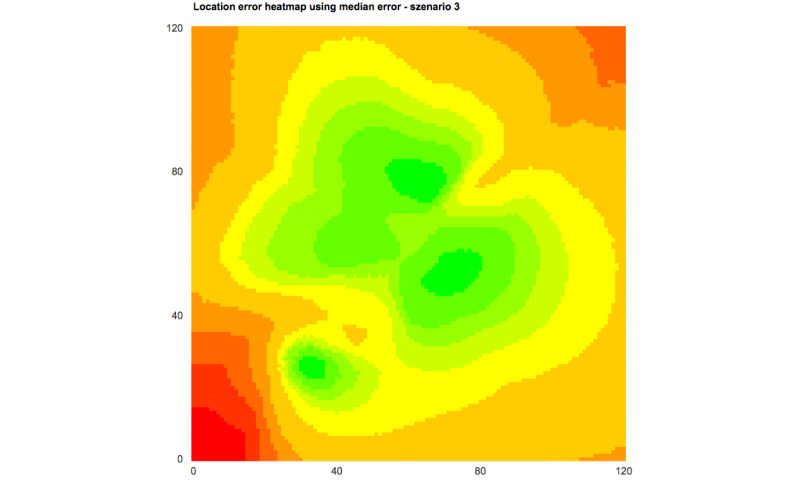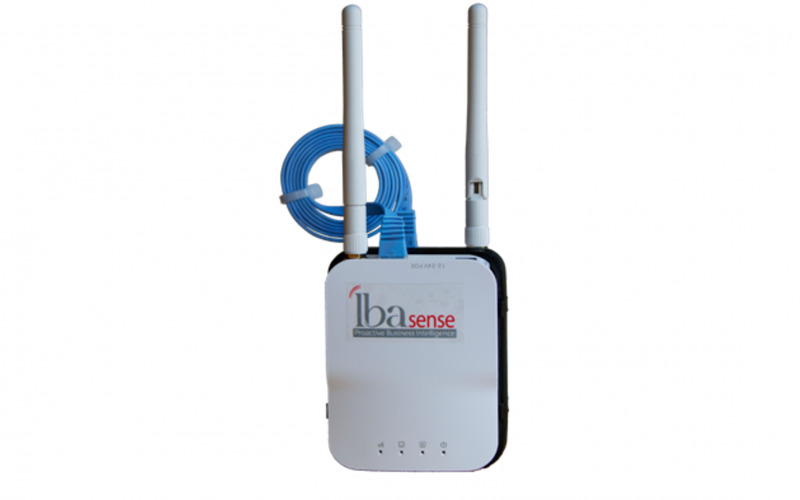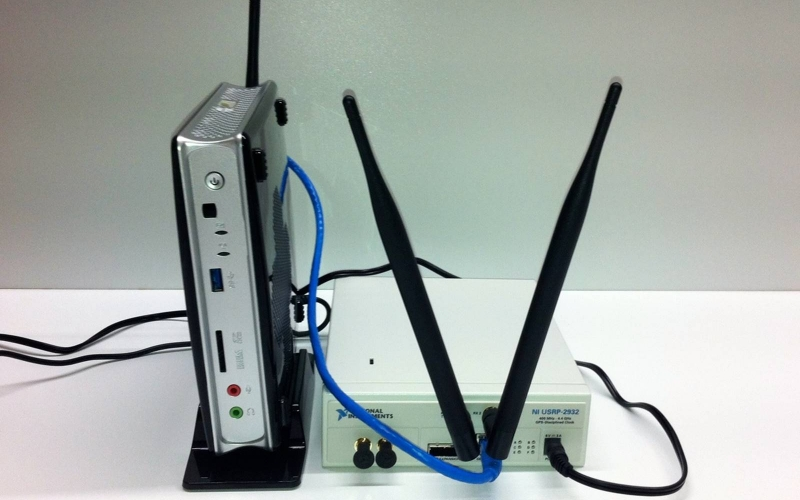Cloud-based simulation for services based on crowd-sensing





The Challenge
The challenge of this experiment was to improve the process of “fingerprinting” a city by offering a near real-time (in terms of hours) simulation to determine the best locations at which to take measurements. Doing this was expected to reduce the time to map a city from weeks to days and hence the associated costs by at least 50%. To achieve this objective, DFRC aimed to take advantage of advanced simulation services and tools running on a cloud infrastructure. The clear goal was to use high-performance simulations to speed up the deployment of LBASense. Clearly, the realisation of this goal would enhance DFRC’s competitive position in the market. To respond to this challenge, the mapping algorithm, which determines the best locations for measurement points, would need to be ported to a Cloud-based HPC system.
The Solution
Existing simulation tools have been ported to enable them to run on an HPC system with many processors. Detailed tests have been made to verify the correctness, accuracy and stability of the ported algorithm and to determine the speed up of the implementation. The outcome of the experiment has been a high-performance combined simulation tool that reduces the deployment time of LBASense. This allows DFRC to finish a single iteration of the simulation within hours as opposed to days using a more conventional approach.
The Benefits
The ability to access a cost-effective one stop-shop HPC service enables DFRC to reduce significantly the deployment costs of LBASense. This saving is approximately two weeks each for two engineers per deployment, which is approximately €25K. The results show that DFRC is able to speed up the whole process of mapping a city (i.e. 1000 base stations – 10x10 km) by a factor that is very close to the number of processing units available. That is, with 32 processing units it is possible to speed up the computation process by a factor of almost 32. This allows DFRC to offer a cheaper, faster and more focused service and hence to be more competitive with respect to cellular operators. DFRC expects to gain new market share, especially by being able to reduce time to market. Based on the overall costs of installing LBASense in a city and the speed with which it can be done, DFRC expects to see a growth in its business from 20 installations in 2017 to 200 in 2021 with an overall cost saving of ~€8M.
HLRS benefits from the experiment through an increased knowledge about commercially relevant scenarios leading to improved offerings for a wider range of customers, which will increase its competitiveness.
Companies Involved
End User: DFRC AG
HPC Provider: University of Stuttgart (HLRS)
